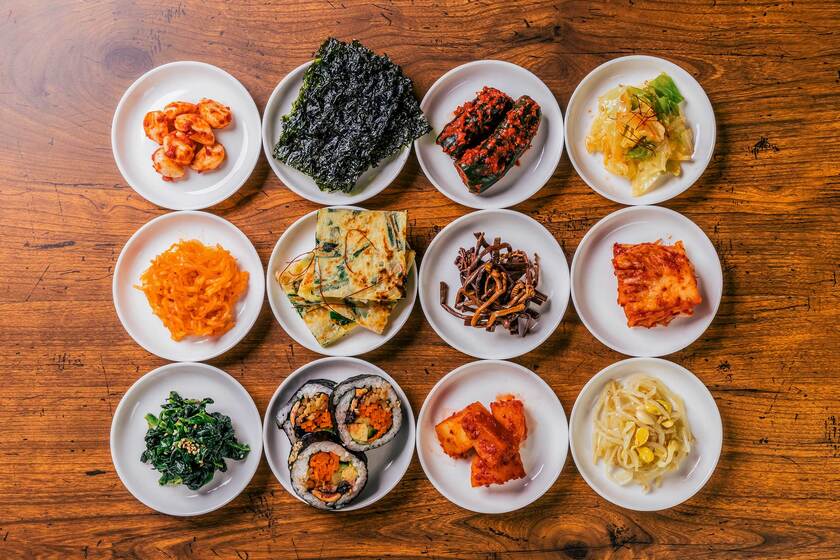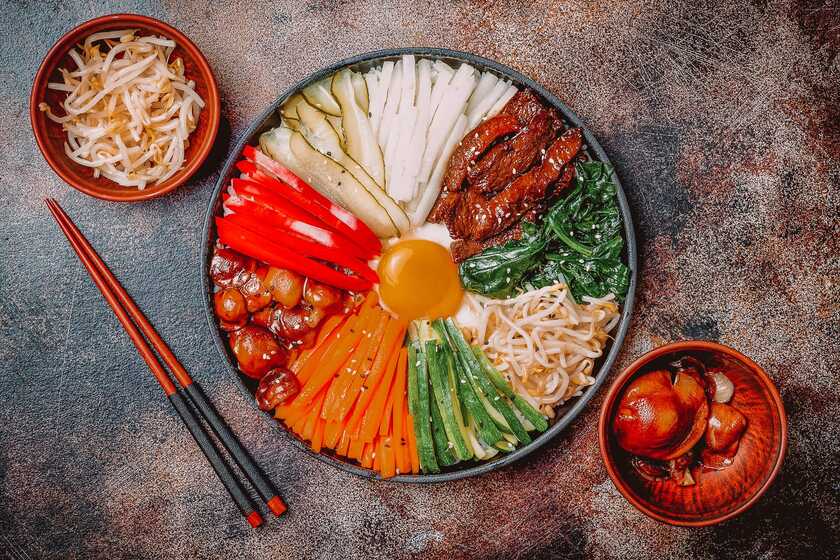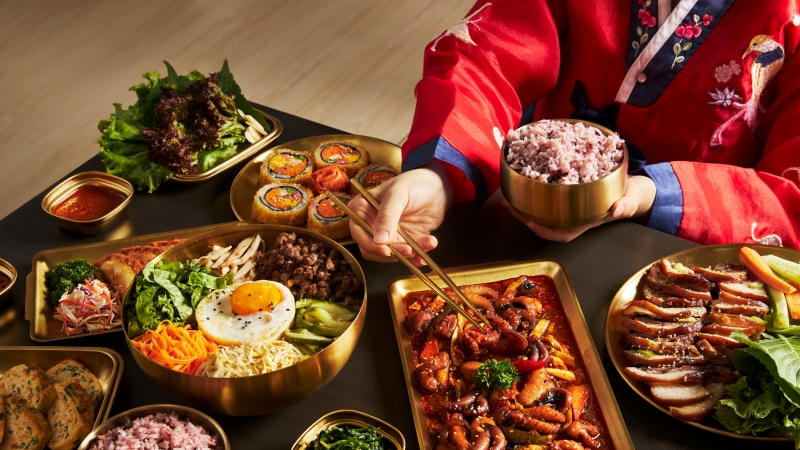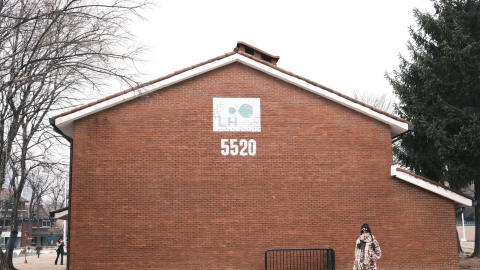Baekbanjip struggles to survive changing customer base
Kim Young-hee, 70, owner of Cheongju Restaurant in Hapjeong-dong, western Seoul, is facing a serious decline in customers.
A decade ago, she served more than 100 customers a day, but now that number has dropped to about half. There used to be about 10 baekbanjip shops in the area, but now Kim’s is the only one left, even though the neighborhood remains a favorite destination for young people.

Traditional family-style restaurants, known as "baekbanjip," are slowly losing their place in Korea.
According to Ms. Kim, the main reason for the decline of baekbanjip is the change in diners’ tastes. “The traditional cuisine we used to love has not kept up with the changes. Nowadays, people prefer Western flavors or fusion dishes. I notice that many young customers in the area would rather go to the ramen shop next door than to my restaurant,” Ms. Kim said.
The disappearance of family restaurants is not limited to Seoul but is spreading to other regions. Jeil Miga, a restaurant that served cheap meals to Sungkyunkwan University students for more than 30 years, closed in 2021. Another baekbanjip restaurant near Hallym University in Chuncheon, Gangwon Province, will also close in March 2024 after serving customers for nearly two decades.

The main reason for the decline of baekbanjip is the change in diners' tastes.
In addition to changing food preferences, rising ingredient costs are also a major issue. Ms. Kim said vegetable prices have nearly doubled in the past 10 years. “A 4.5kg box of spinach used to cost 10,000 won, but now it costs 20,000 won,” she said.
Despite this, Ms. Kim still perseveres in her restaurant with full meals and family flavors. “I know I am trying too hard, but I still want to bring my customers warm meals, making them feel like they are eating at home,” she said.
Efforts to change to adapt
Not willing to succumb to the times, many baekbanjip shop owners have sought to change to attract customers. Ms. Han, in her 60s, owner of Hansikdang restaurant in Hwayang-dong, near Konkuk University Station, decided to improve the space with modern interior style and more luxurious dining table sets.
“Changing my style has helped me attract more young customers, even foreign tourists, but after deducting expenses, I have almost no profit left. So instead of increasing prices, I am considering reducing the number of side dishes in the near future,” said Ms. Han.
At her restaurant, a set meal of stir-fried pork with nine side dishes costs 12,000 won, a price she considers reasonable. But even with the change in style, Ms. Han cannot avoid the pressure of competition from other culinary models.

"Nowadays, people prefer Western flavors or fusion dishes more"
Young people prefer fast food and more variety.
Changing eating habits among young people are one of the main reasons why baekbanjip has become less popular. Ha Yoo-jeong, 24, a university student in Seoul, said she and her friends often choose to eat spicy Sichuan hotpot (malatang) or fast food at the school cafeteria. “Between classes, we can easily stop by a malatang restaurant because the food is served quickly. Baekbanjip-style meals are the kind we can eat at home, while the interiors of these restaurants are too old-fashioned to hang out with friends,” Ha said.

"Baekbanjip-style meals are dishes we can eat at home, but the interiors of these eateries are too old-fashioned for gathering with friends."
Yoon Hye-jeong, a Seoul office worker in her 50s, also said she often eats at her company cafeteria, where a meal costs about 7,000 won. “Company cafeterias now offer a wide variety of food options at cheaper prices than outside restaurants, so I don’t have many reasons to eat out,” she said.
According to Professor Lee Eun-hee of Inha University, baekbanjip restaurants are unlikely to escape this downward trend. “There are fewer people who enjoy eating family meals out because they are not much different from meals at home. The current culinary trend is shifting to more diverse and specialized options, such as Western-style pasta dishes,” Professor Lee said.
In addition, cost pressures make it difficult for restaurant owners to raise prices. “Baekbanjip are considered cheap eateries, mainly serving the working class. If prices increase, they will lose customers because diners still expect cheap meals,” Professor Lee added.
Despite efforts to change, the future of baekbanjip remains uncertain in the face of strong growth in new culinary trends.



































